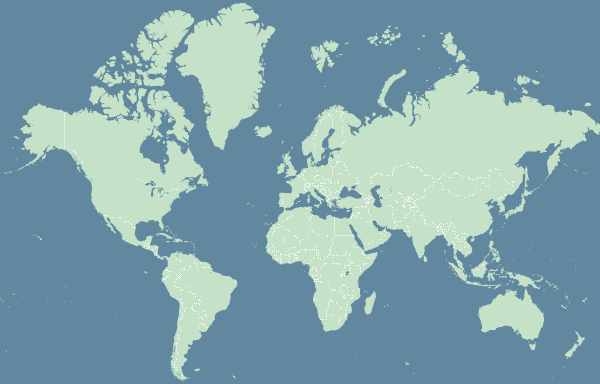Skeleton Coast
Elephants, lions and wild waves where Africa meets the Atlantic
BY JOE YOGERST
This is a beach rendered in epic 300-mile-long widescreen. Virtually uninhabited and thoroughly untamed, the seaboard takes its name from the animal bones scattered across its endless strands and the hundreds of ships wrecked there over the centuries. Lions wander the shore in search of maritime meals, while elephants wade into the waves. Surfers seek the lengthy breaks and barrels. Others bash virgin dunes or enjoy the solitude of beachcombing a place where there are no other footsteps in the sand.
There are day trips by kayak, catamaran, quad bikes and 4x4. Scenic flights also skim low across the sea and sand. The only way to truly know the Skeleton is by outfitting a mobile tented safari and driving the coast road to Torra Bay, Terrace Bay and points even further north. The roadway is surfaced in salt, sand and gravel, the shore devoid of almost anything man-made, other than shipwrecks jutting up through the sand or the lonely stone cross that marks the spot where Portuguese explorer Diogo Cão stepped ashore in 1486.
Did you know?
Parts of the Skeleton Coast teem with life. About 250,000 Cape fur seals gather seasonally at Cape Cross Seal Reserve.









